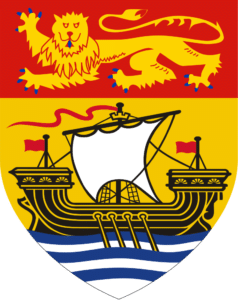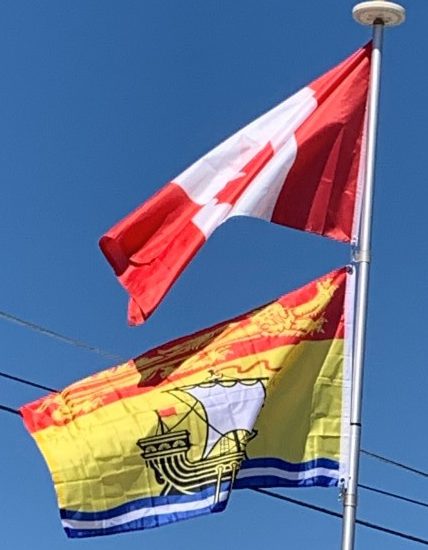
The Premier of New Brunswick in 1965 was Louis Robichaud, the first Acadian elected to lead the province. Naturally, his government was expected to vote against the motion, which would have had the effect of “unavoidably alienating” considerable number of New Brunswickers. Wanting to avoid a repeat of the divisive debate that had taken place on a national level, the provincial government sought to declare an alternative design as the provincial flag before the Opposition could. The task fell to Robert Pichette, a 28-year-old administrative assistant to Premier Robichaud who also had strong interest in heraldry.
“To me it says New Brunswick. It is not French, it is not English, it is not anything else, it is just New Brunswick and that is very much what I had in mind.”
—Robert Pichette reflecting on what the flag evokes in an interview 50 years after it was adopted.
The colors and symbols of the flag carry cultural, political, and regional meanings. According to Whitney Smith, the gold lion in the upper third of the flag alludes to either the Royal Arms of England or the coat of arms of the Duchy of Brunswick-Lüneburg. Both states had ties to New Brunswick – the former was its colonial ruler from 1713 until Confederation in 1867, while the latter lends its name to the province. On the other hand, the lymphad occupying the bottom two thirds of the flag may be evoking New Brunswick’s historical shipbuilding industry or the ships utilized by numerous Loyalists to land in the province after they fled the United States in the aftermath of the American Revolutionary War.
